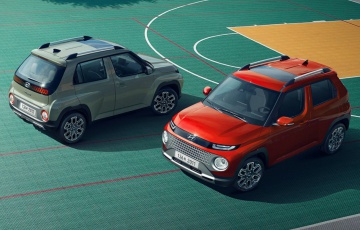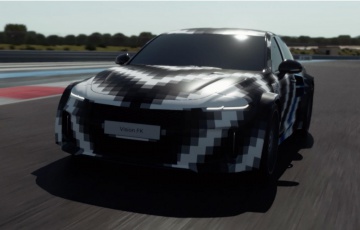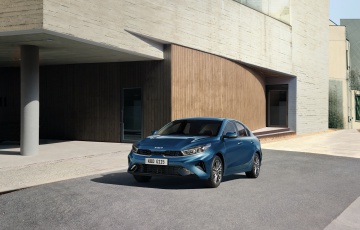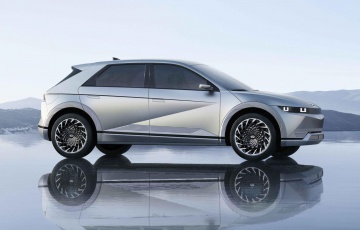Here’s 10 fairly random things you might not know about the Hyundai i20N
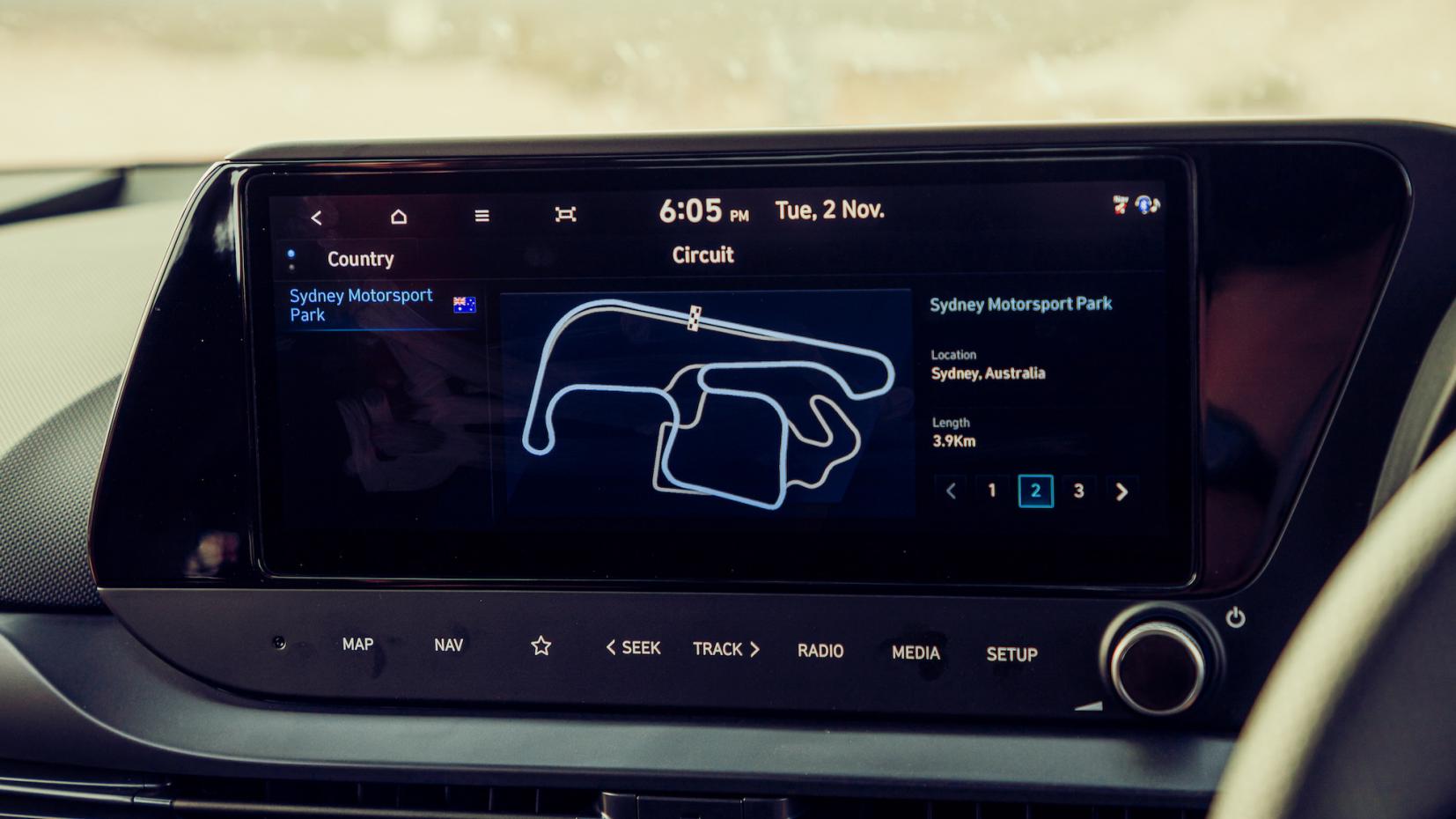
01 It’ll have your local race tracks programmed into the satnav
And it’ll recognise when you drive on to one, flipping over to the salient screen to best display and record your on-track hooliganism. You can manually access it away from the track, but don’t be that guy, eh?
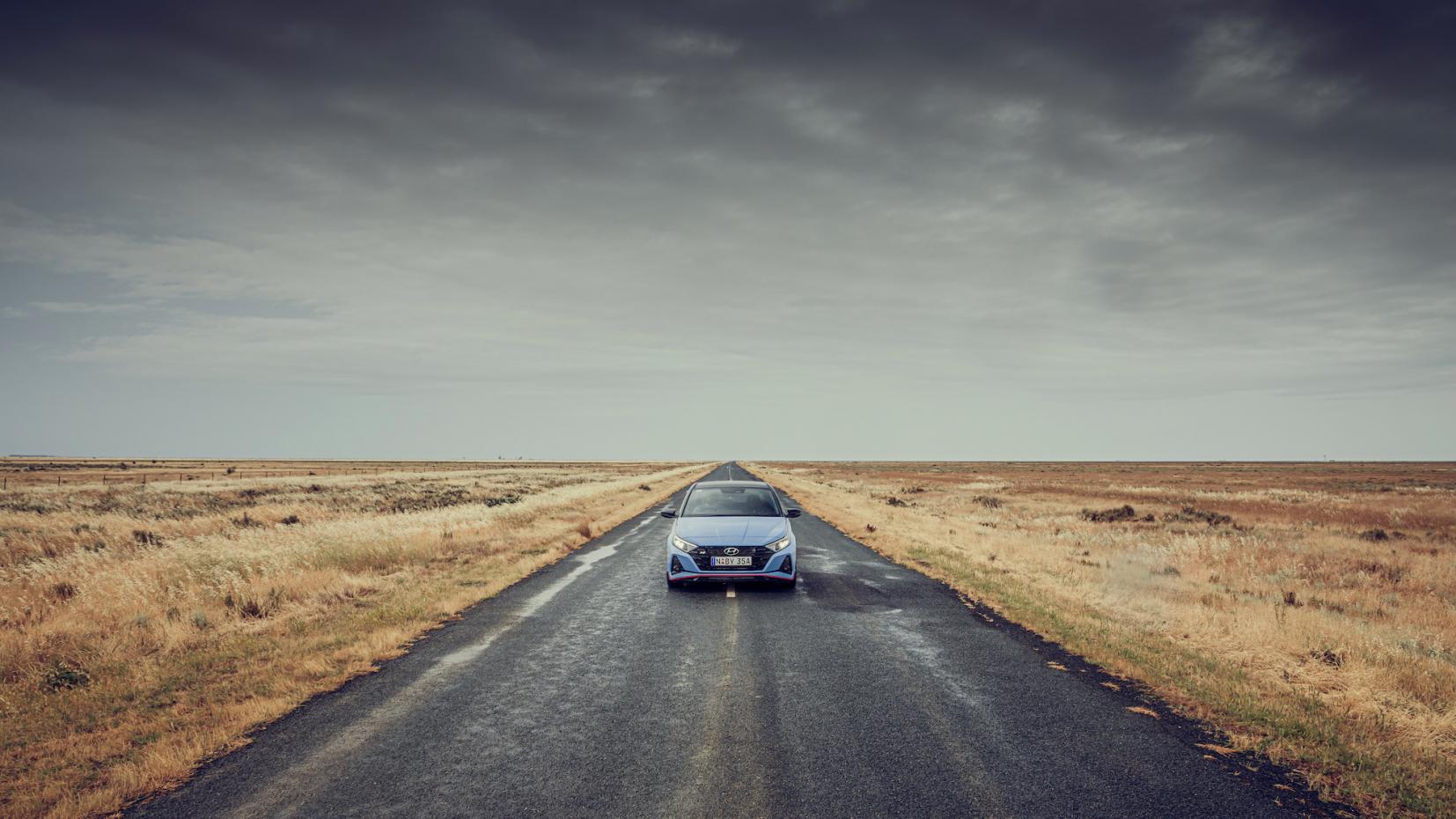
02 The suspension tuning is the same worldwide
Generally, international models are a bit different depending on where they’re sold. Cars sold in Germany have a harder suspension tune, thanks to much better roads. UK cars get a bit of a middle ground, and Australian models get everything dialled back to deal with the loose amalgamation of potholes and pressure ridges that pass for a gazetted road there. But the i20N is the first from Hyundai to have the same tune, regardless of the market. That means it’s somehow pliant enough for Australia and firm enough for Germany at the same time, which feels broadly impossible but somehow isn’t.
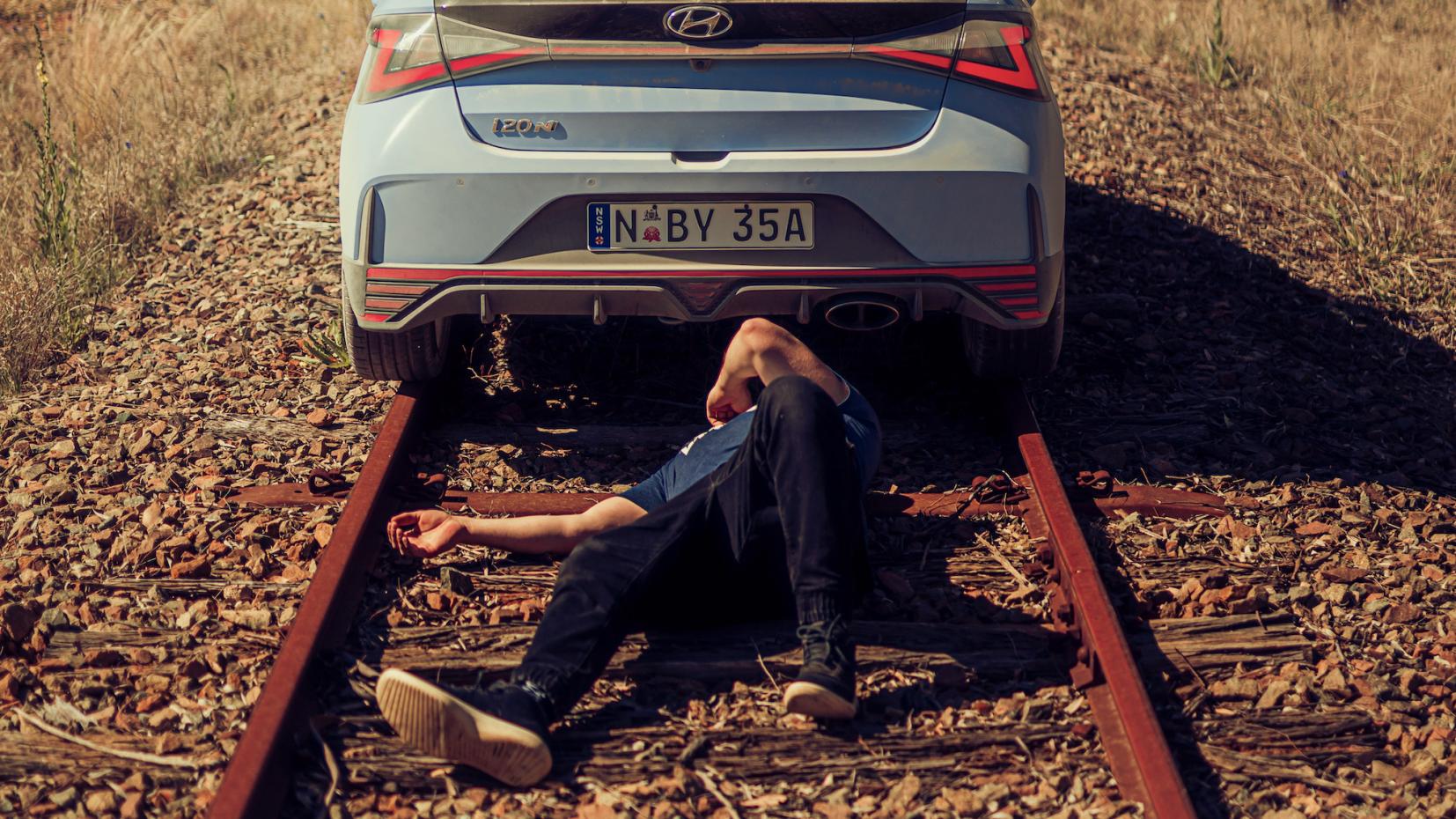
03 The fuel tank is tiny – and apparently recyclable
A 40-litre fuel tank in a little hot hatch is not generally a massive problem. A 40-litre fuel tank when you’re in the Australian outback, on the other hand, very much is. If you live somewhere like, say, out behind Broken Hill, and want an i20N, we would suggest some sort of auxiliary fuel tank in the boot. The good news, as we found when we crawled under the i20N, there’s a little recyclable symbol on it. Obviously a bit early to think about that, but still nice to see.
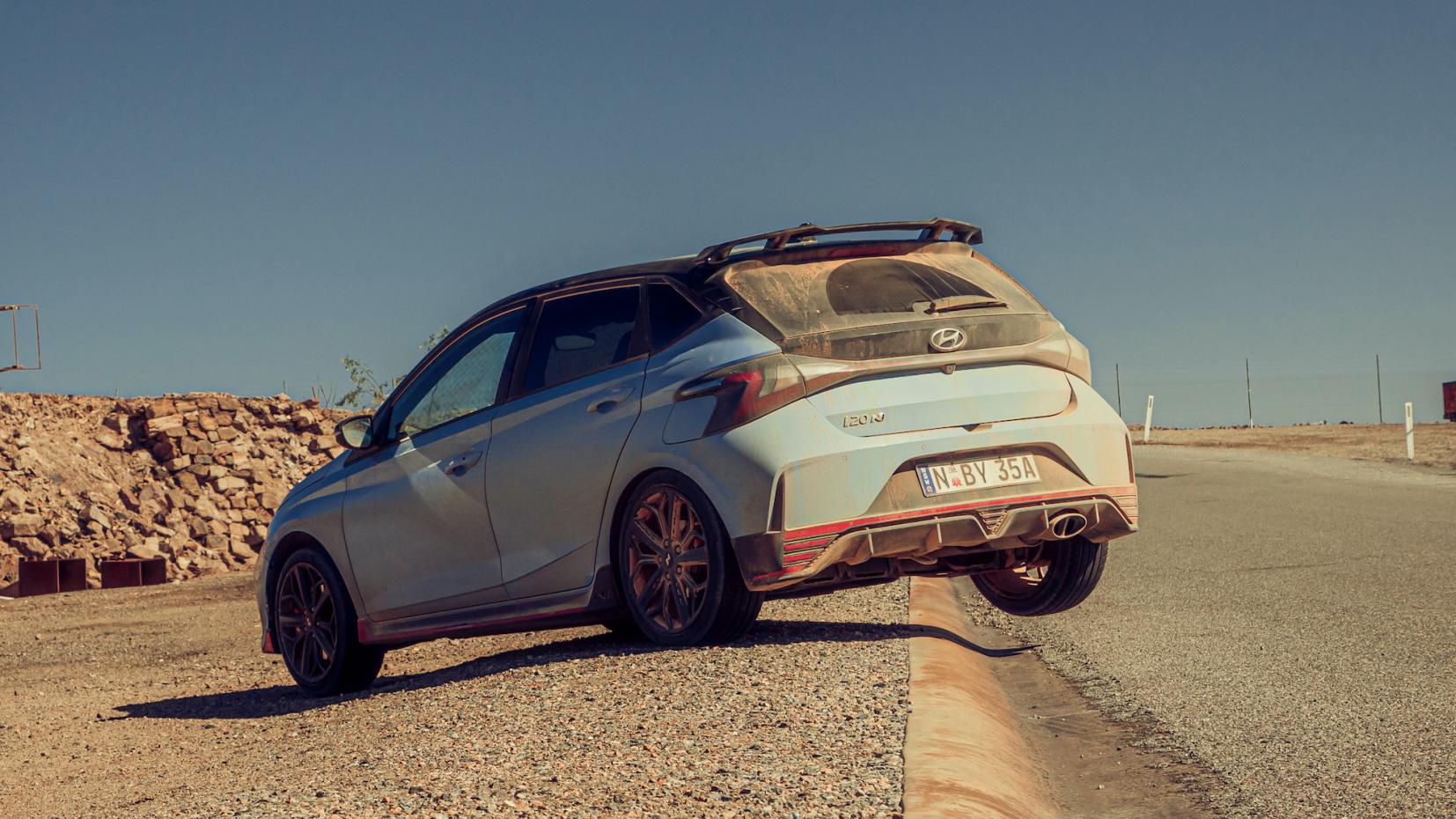
04 The rear torsion bar is actually two-piece
A torsion bar (or twist beam, if you prefer) is basically one long piece of metal, bent at 90 degree angles at both ends to form a squared-off U shape. While driving, the forces generated by the road surface and the car cause the metal to twist a little, giving more pliancy than a straight beam axle and allowing a kind of semi-independent rear suspension. And that’s fine, right up until it’s entirely overpowered by the sort of performance you get in a modern hot hatch. One way to remedy the situation is to lose the torsion bar entirely, replacing it with proper independent suspension in the way of MacPherson struts, dual wishbones or a multilink. And they’re great, but do tend to take up quite a bit more space than the old torsion beam. When space is at a premium, such as in a small hot hatch, this becomes its own problem.
So what’s the solution? Well, it turns out it’s as simple as taking a one-piece torsion beam and making it two-piece. By connecting two L-shaped pieces in a kind of cup-and-ball connection to form the whole beam, you get loads more rigidity, stability and the kind of lift-off oversteer and three-wheeling madness that made the 205 GTI and Clio 182 such a barrel of laughs.
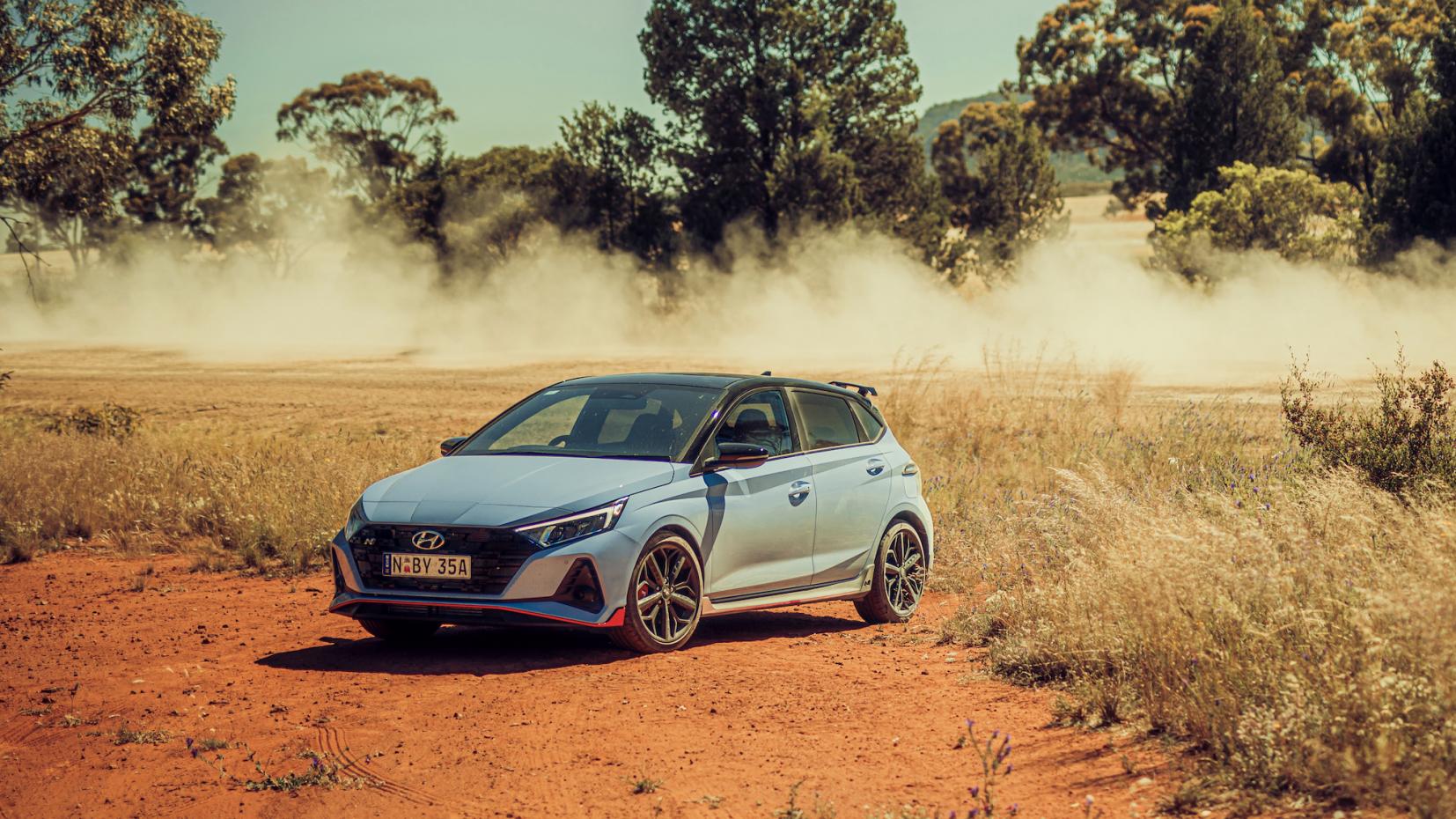
05 Hyundai opened up an entirely new shipping line from Turkey to Australia just for the i20N
For various business reasons that are likely too boring to get into, Australia gets its regular i20s from Hyundai’s plant in India, and none from the one in Turkey. But the i20N is apparently only going to be built in Turkey, which leaves something of a dilemma, given Hyundai Australia’s intention to sell the i20N in the sunburnt country. The solution? Open up a new shipping line from Turkey to Australia just for the i20N, and make damn sure never to mention Gallipoli to either. Oh.
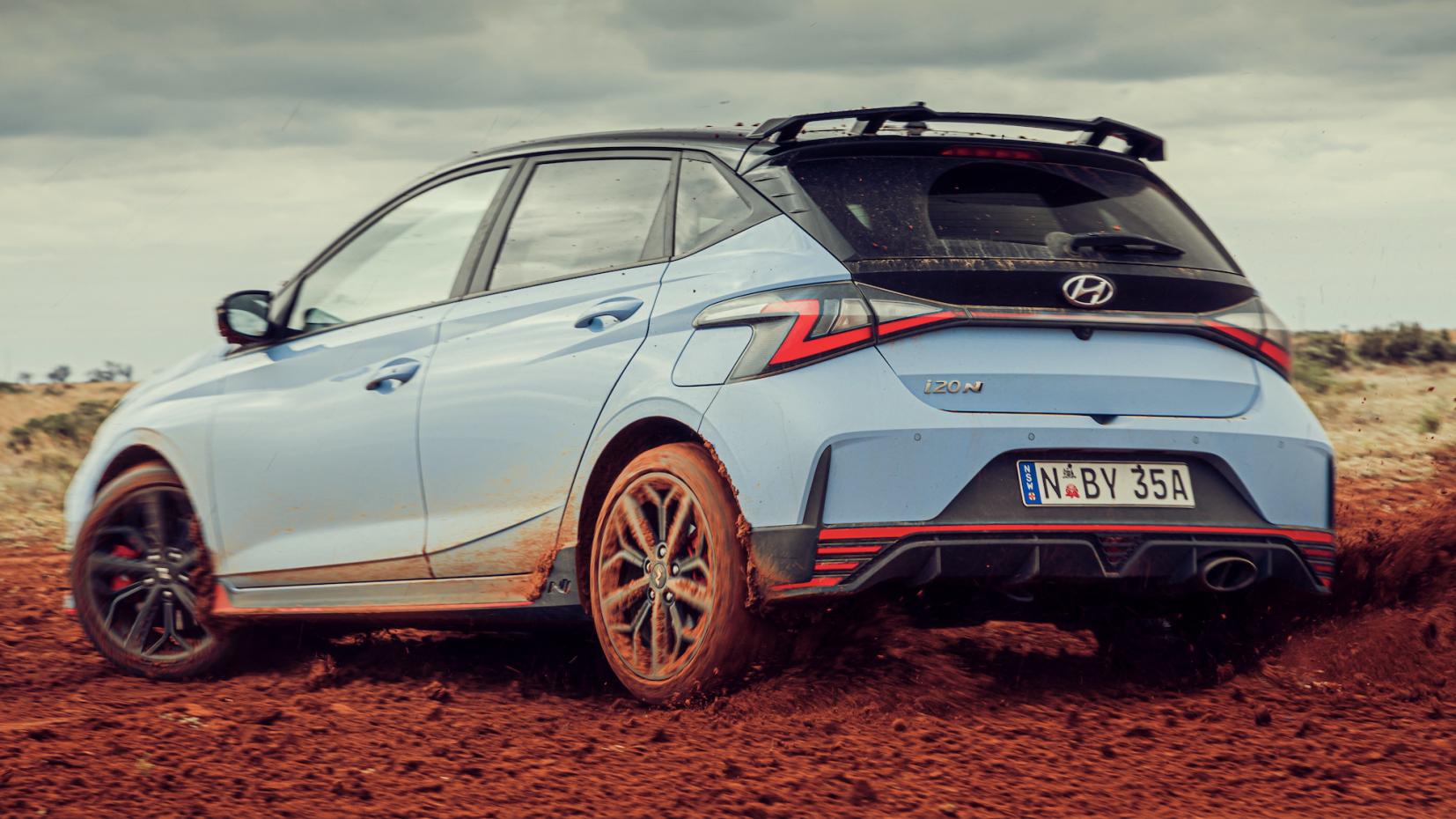
06 It has zero scrub radius
This one will have to get a bit nerdy, we’re afraid. So maybe just ride right past if you’re not in the mood for tech-head stuff.
Put as simply as we’re able, scrub radius is the difference between the steering axis and the centreline of the tyre. So, if you drew a line along the steering axis (i.e. along the front suspension, through the steering kingpin and to the road surface), it would fall either inside or outside the centreline (i.e. middle) of the tyre. If the steering axis meets the road without crossing the centreline of the tyre, it’s positive scrub radius; if it crosses the tyre’s centreline before it meets the road, it’s negative. If the steering axis meets the centreline of the tyre at the road surface, there’s zero scrub radius.
Most cars have either positive or negative scrub radius, generally due to trying to fit the engine, gearbox, steering, suspension and so on in a limited space. In some cases, there’s an engineering reason to opt for a positive or negative scrub radius – for instance, a negative scrub radius can help a car brake in a straight line on surfaces with unequal grip.
The i20N, on the other hand, has zero scrub radius. And, as a Hyundai tech admitted, it’s a time-consuming engineering challenge to do so. So why do it? Well, with zero scrub radius, the toe-in characteristics of negative scrub radius and the toe-out of positive scrub radius under braking or acceleration don’t come into play, so the steering is uncorrupted and the car is more stable under brakes or hard acceleration. MacPherson struts – as used in the i20N – usually produce a negative scrub radius, so it’s a deliberate and definite effort on Hyundai’s part to get it down to zero.
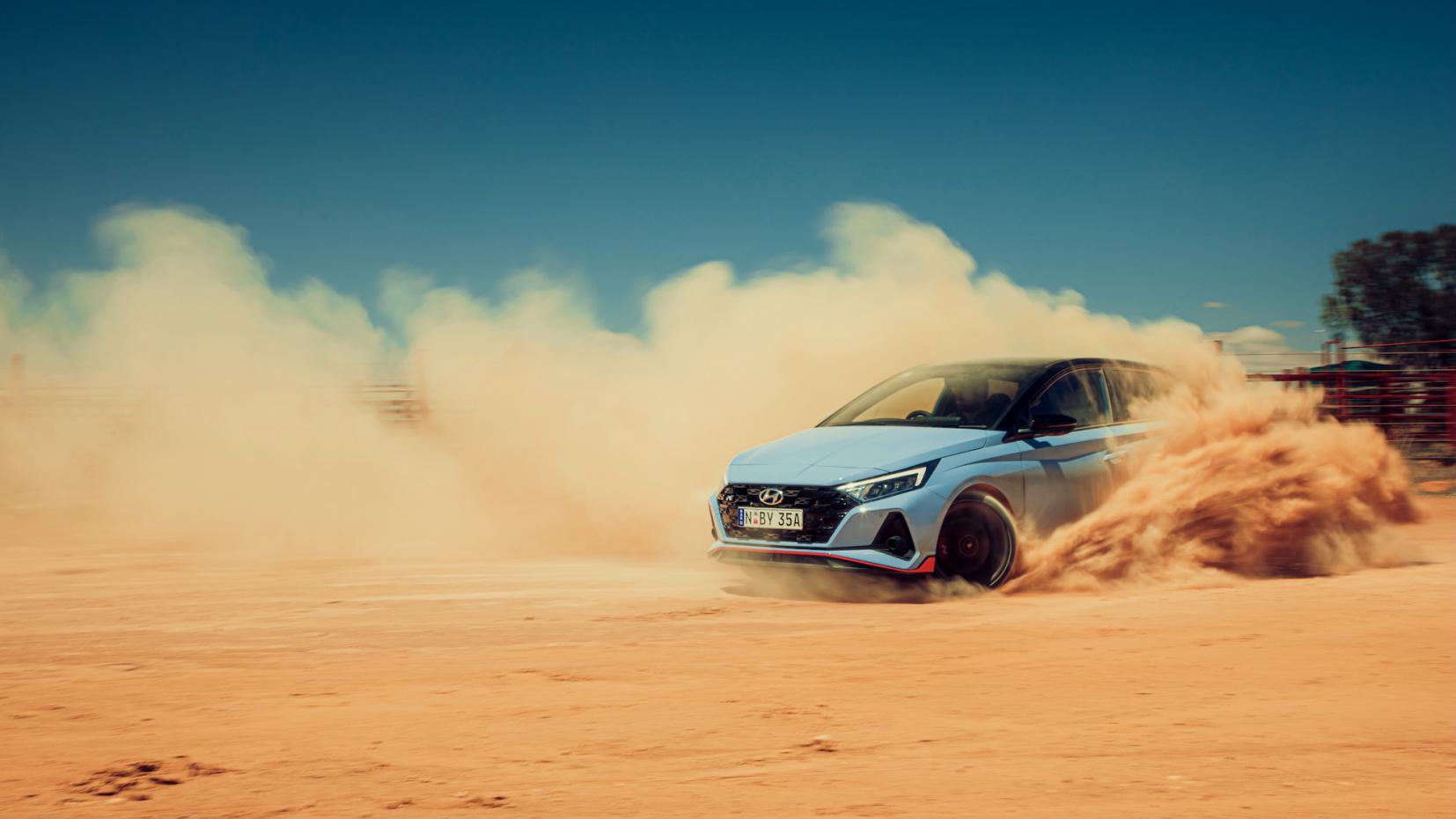
07 There’s a proper mechanical limited-slip diff
If there’s one way to get the nod of approval from car (or indeed watch) guys, it’s to go mechanical. All the clever electronic gizmos in the world won’t generate the same instinctual attraction as a precisely executed mechanical solution. So the knowledge that a proper torque-sensing, limited-slip diff keeps traction even between the driven wheels is immensely satisfying in a way that computer-controlled wheel braking just isn’t.
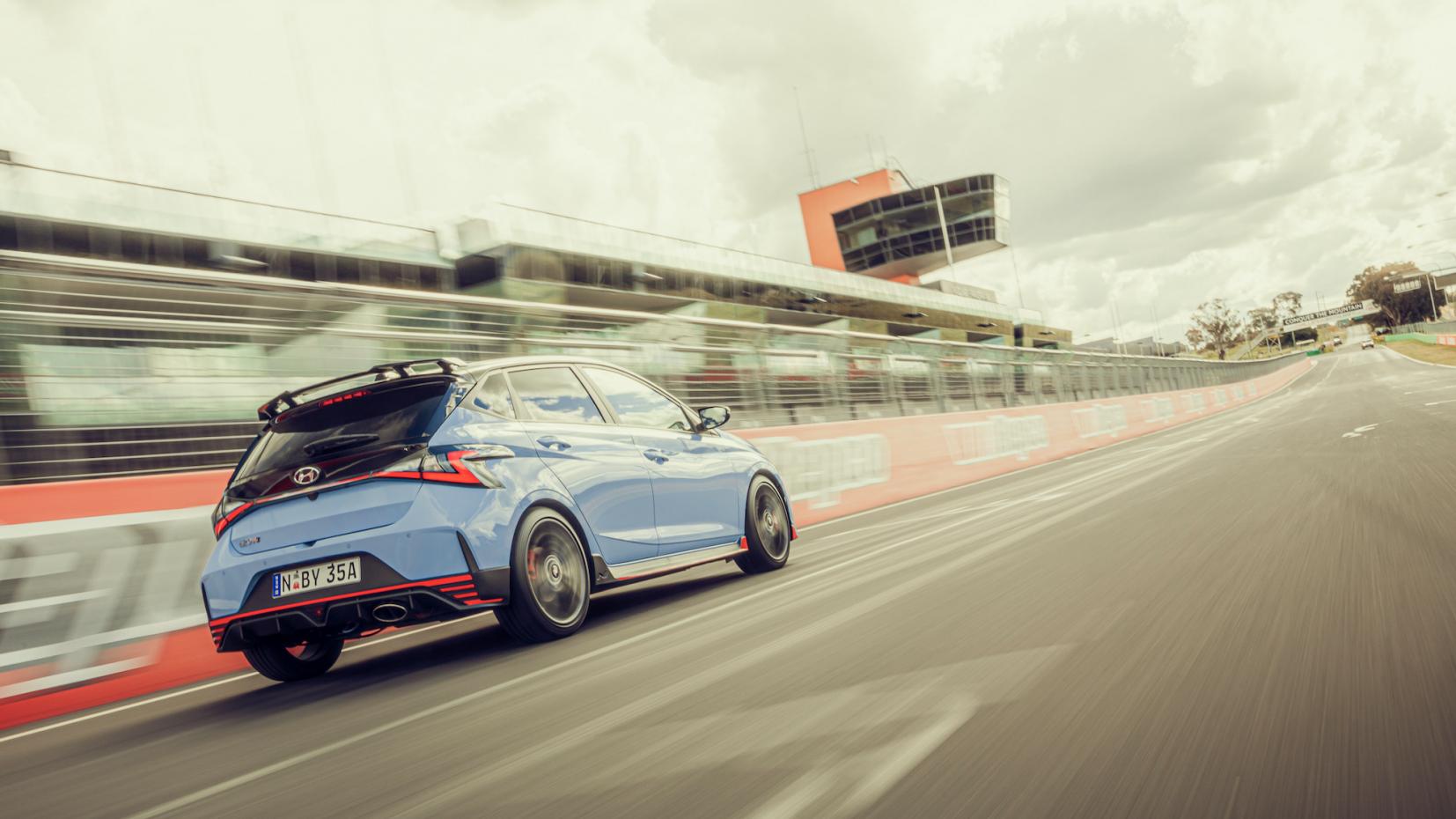
08 On Overboost, there’s more torque than the V6 in the Alfa 147 GTA
That’s right – the Hyundai’s 304Nm on overboost trumps the Busso V6 in its most powerful production guise, with 300. And the Hyundai’s overboost isn’t limited to 10 seconds or any of that malarkey; it’s on for as long as the engine management deems safe in terms of engine temp, oil temp and fuel quality. So full-torque Autobahn pulls and pit straights are on the table, should you want to.
Of course, everything is relative. We’re talking about absolute peak torque with foot hard down in both the Hyundai and the Alfa, but it’s actually a pretty limited measurement when it comes to making like-for-like comparisons. For instance, the Busso V6 had literal gearbox-busting torque (ask us how we know) pretty much anywhere, from any revs. Engine guys would call it ‘area under the curve’. Car testers might call it eagerness, or always-on torque, or something flowery involving internal organs and how they’re being rearranged within their bodies.
That said, when the chips are down, a little 1.6-litre Hyundai has the same torque as the most powerful hot hatch of 15 years ago, equipped with one of the best V6 engines of all time. Progress, eh?
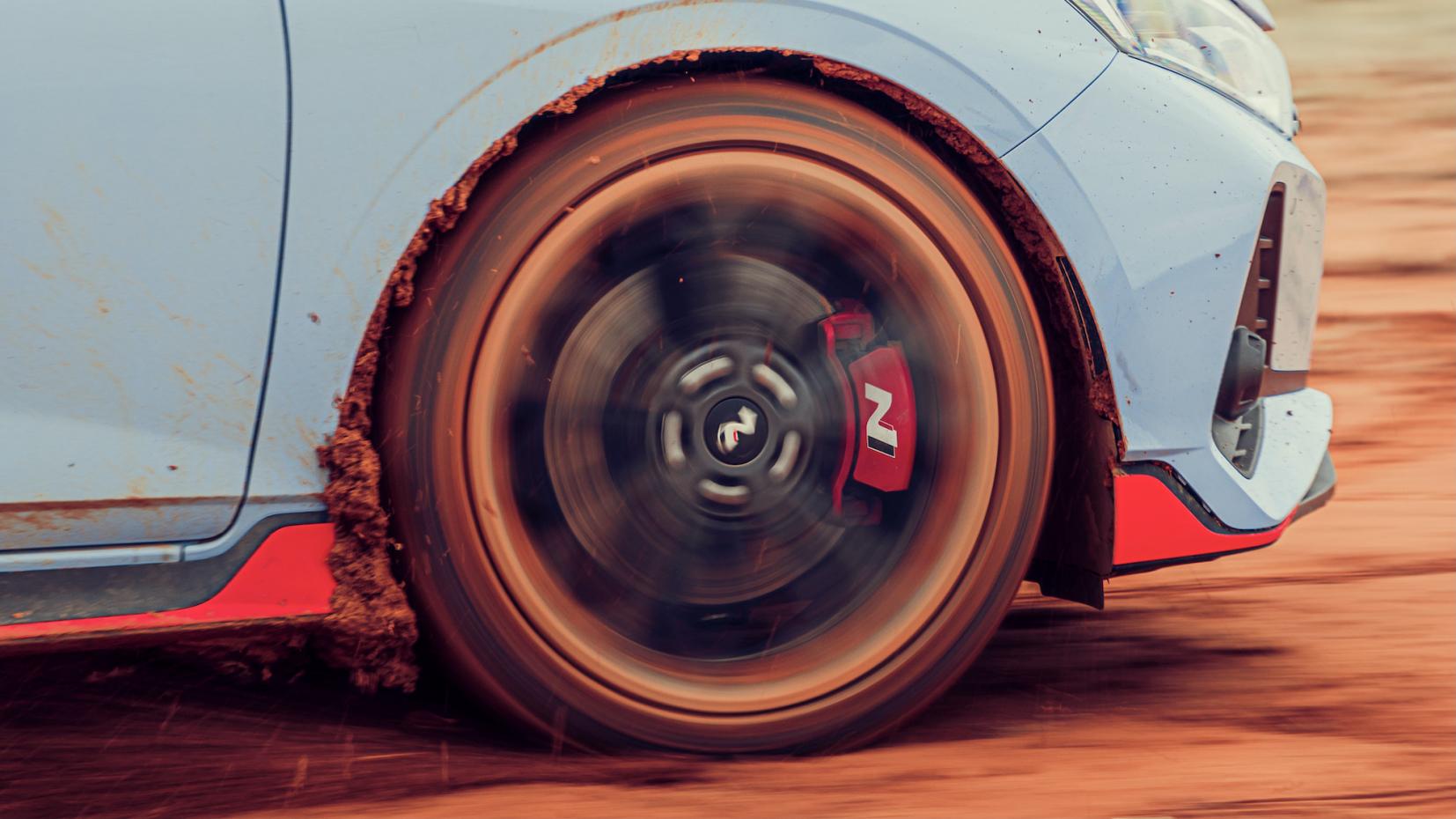
09 The tyres are Pirellis, but they’re actually bespoke to Hyundai’s N series cars
Make performance car, fit sticky tyres. It’s a pretty simple A to B. But what if the regular tyres are just a bit too off-the-peg for your car? Well, it’s time for a quick call to your tyre company of choice and a conversation with the rubber nerds (surely there’s a band by that name) until they cook up the right mix of rubber, silica and science to get things spot-on. And, coincidentally enough, that’s exactly what Hyundai did.
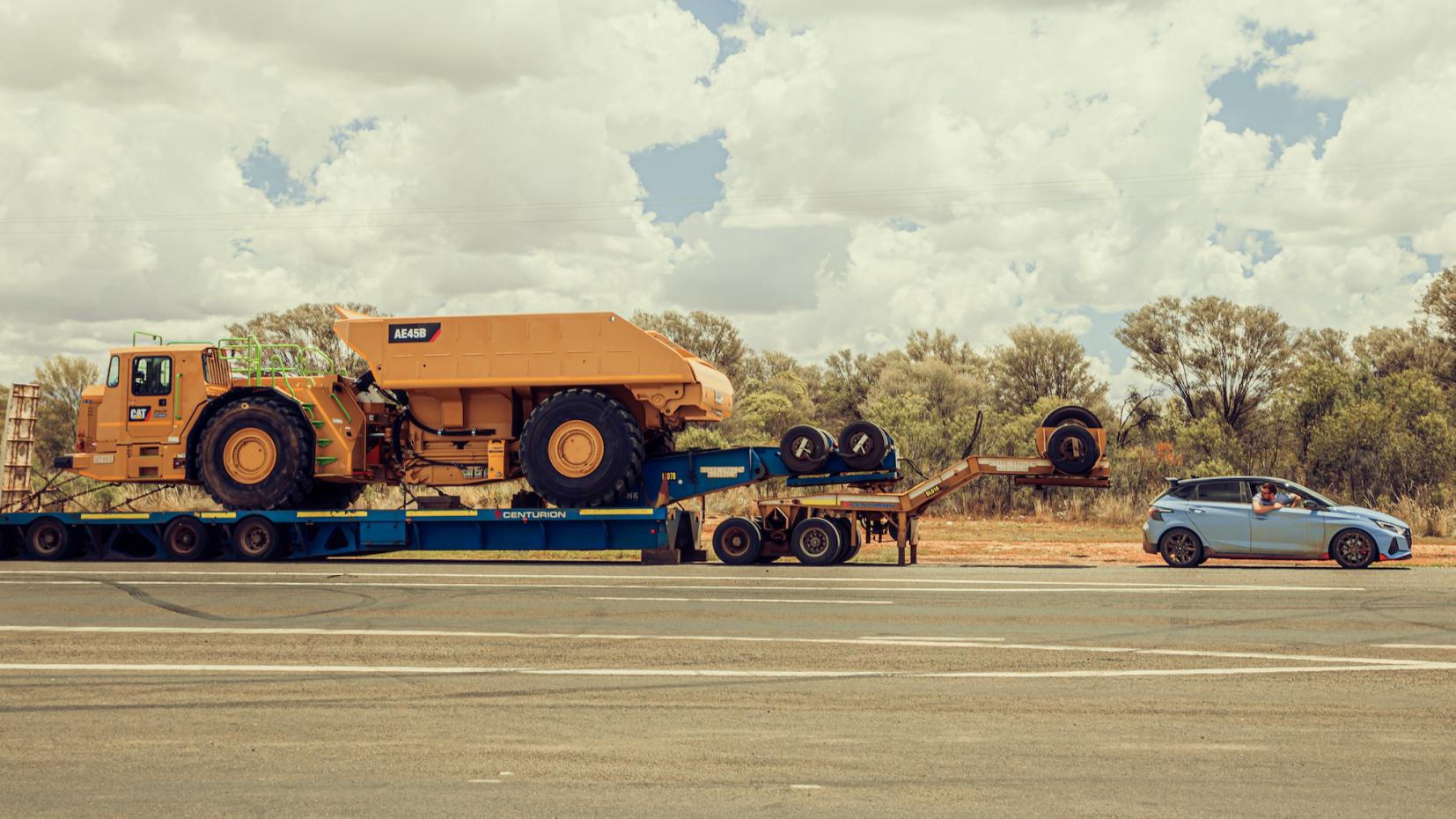
10 The wheelbase is the shortest of any N car, but only just
Being the smallest car in Hyundai’s N range, you’d expect the wheelbase to be quite a bit shorter than the i30N. After all, the i30N is some 30cm longer than the i20N, so it stands to reason, right? Wrong. The i20N is a square-footed little rascal, with a 2580mm wheelbase – just 7cm shorter than the i30N. It’s the old Mini way of doing things: get the wheels in the corners for the biggest possible space and the best possible handling.
TEXT Craig Jamieson






